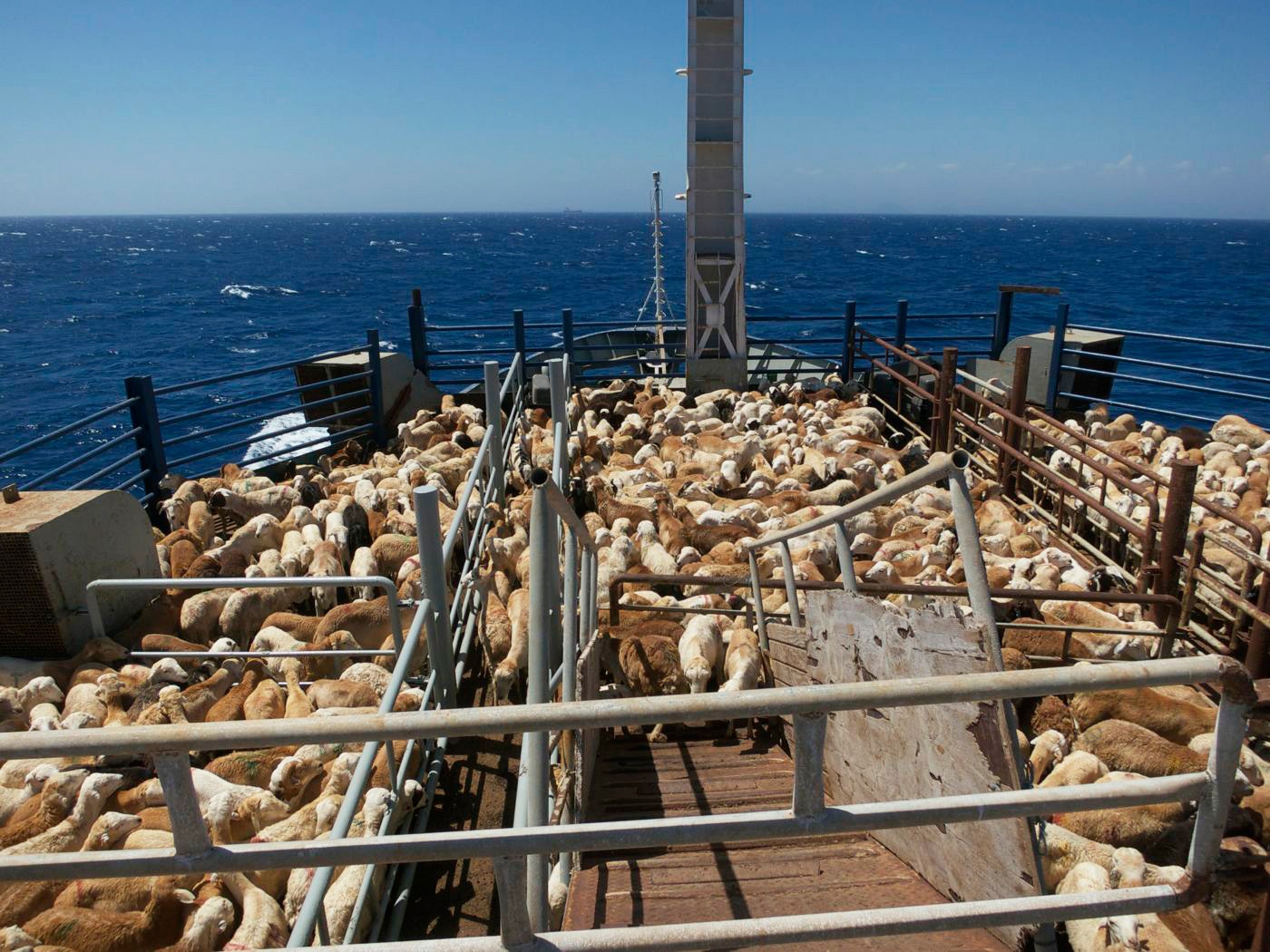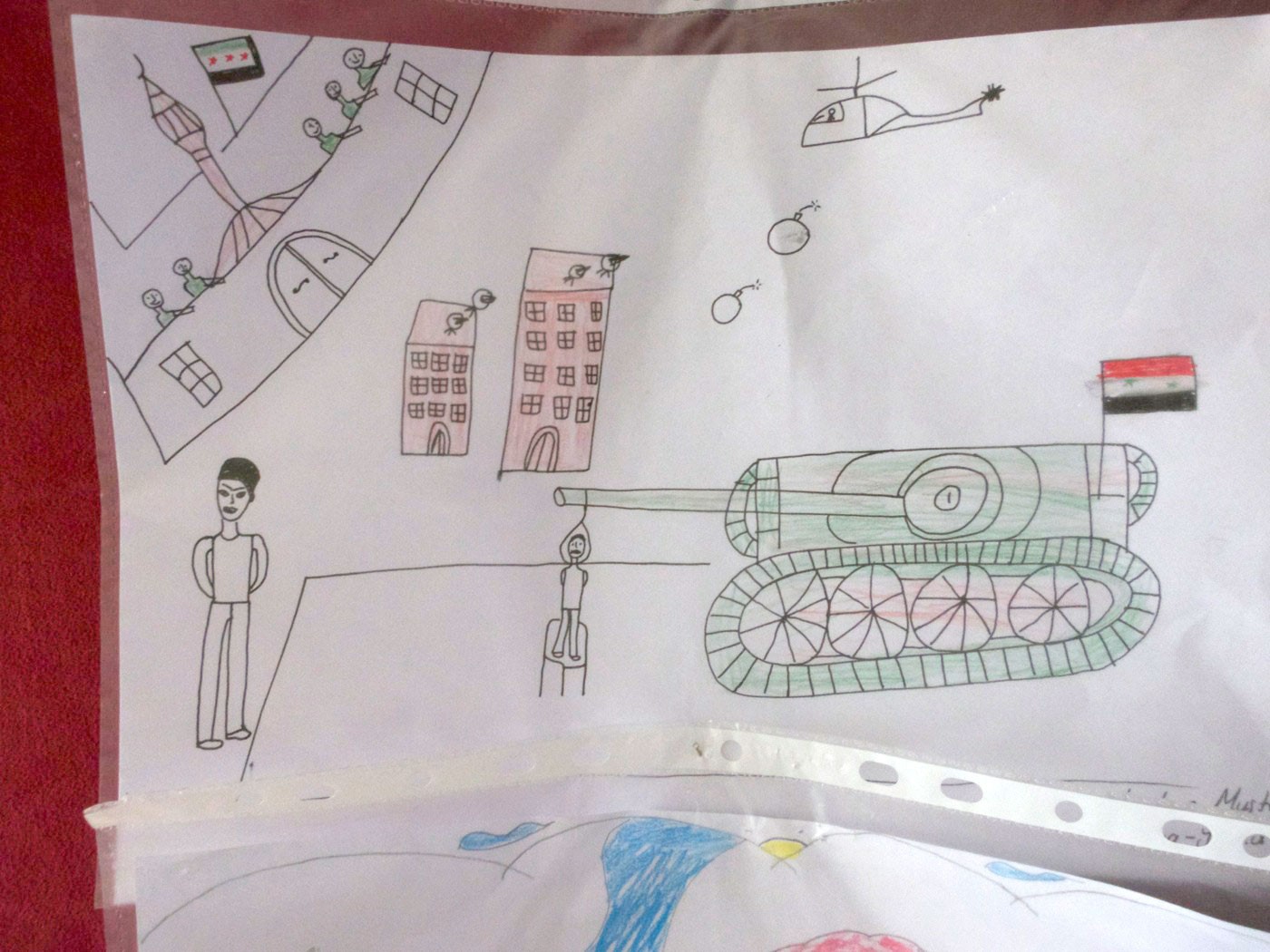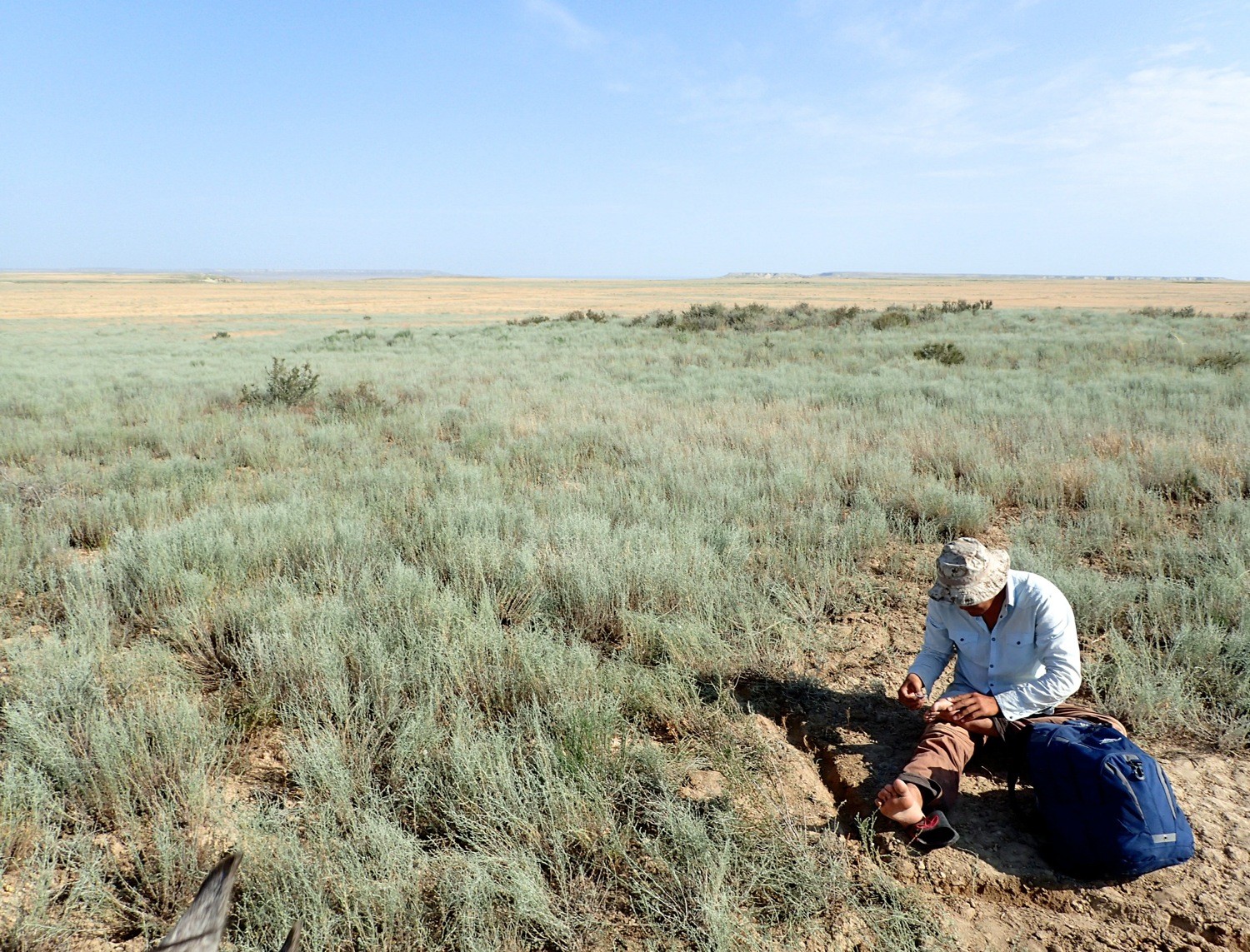Reflection: Out of Eden

In order to familiarize yourself with the topic at hand, it may help to check out these links before, during, or after reading my personal reflection blog about the Out of Eden design for action, as mentioned within the Global Educator by Julie Lindsay in 2016.

Check out the link above to view the journey yourself and read, watch, and listen to the experiences Paul Salopek shares with the world.
Who is Paul Salopek?

Paul Salopek is an American journalist from California. He has been known for his creative narratives and for his reports on serious issues around the world, earning him awards including the Pulitzer Prize two times. He has witnessed first-hand many disease epidemics, political strife, environmental affairs, military exercises and learned from individuals along the way of his reporting career.
Out of Eden- what is this?
Paul Salopek embarked on a slow, experimental journey to rediscover and observe the world while sharing his journalism along the way. The National Geographic, The Knight Society, Project Zero and many others are all collaborating with Paul Salopek’s travels in order to inspire, educate, create empathy, and deliver stories for the world to see.

The Out of Eden Walk is an independent nonprofit organization managing Paul Salopek’s 21,000-mile, globe-spanning foot journey. The nonprofit’s core mission is to connect the diverse partners involved in the project and promote cross-cultural understanding through the power of slow journalism.
found on https://www.nationalgeographic.org/projects/out-of-eden-walk/about
There were so many incredible stories and points made throughout the chapters and experiences shared that it made it difficult to decipher which ones to mention, but I choose three that stood out to me the most. The first part of Paul Salopek’s foot journey had a boat mention that I found extremely powerful, expressed contrasting emotions, and visual descriptions that made it feel like I was apart of the crew.
Chapter 1: Out of Africa
ABOARD THE MV ABUYASSER II NEAR THE BAB-EL-MANDEB STRAIT
May 11, 2013
The Self Love Boat

PHOTOGRAPH BY PAUL SALOPEK
https://www.nationalgeographic.org/projects/out-of-eden-walk/articles/2013-05-the-self-love-boat
The picture above gave me a nervous feeling just because of the amount of live sheep being transported to either be free, sold for their coats, or slaughtered to eat. I am unsure why this crossed my mind before noticing the beautiful, bright, blue sky over the water, but it is something that I see daily while friends of mine post about their vegan, vegetarian lifestyles. I often think about hopping aboard the ship of the meat-less journey too, but I quickly grab the norm, which most times consists of steak, poultry, or fish when I am hungry. I mention this because there are many people that see a picture but see a much deeper, wider, spiritual, beautiful, and symbolized meaning. For everyone that looks at the same picture or experiences something for themselves, another may feel or see it happen differently. This is why I enjoyed reading Paul’s narrative about his voyage across the Red Sea. He mentions the crew, the souls on deck, the soundings of his sleeping section and delivers powerful recollections of what is seen or what it could feel like or its’ opposite aboard “The Motor Vessel Abuyasser II.” When Paul Salopek captions the picture above it was clear the first choice that I listed would be not possible; freedom was not the option and the sight of live exportation was the name of the trade. Though a terrible feeling came to me while thinking about the sheep and other living beings that were too onboard venturing across the sea, I also could not help but feel for those crewmen too. How could I feel for the ones that are killing another living soul? I am unsure, but I am a parent myself and in the story, Paul continues to portray not only of those animals suffering but the war and the feelings of emptiness surrounding him. Six years ago in a comment below his story, Polly Bell mentioned the “barbarism of that type of trade; the live animal export trade is an appalling trade, which I do agree is quite inhumane”. I do however feel sad for those crewmen, as I said before. They should have no blame due to the conditions and circumstances they are in to try and feed their own children. This was the thought that had me wonder what life is more valuable, a child or an animal, both are living, breathing, and have a soul. Of course, I would say my child is above my dog, but yet I write my dog’s name on our holiday cards. This life or death situation is a hard pill to swallow and creates conflict in our own hearts and minds. Think about the amount of loss and heartbreak families have already endured. The senseless duties of providing by all means, as a soldier would do for their family or country may be similar to those of the crew on deck this very voyage. The understanding and the vivid details of Paul Salopek’s Red Sea trip was a hook to pull me in closer to read, feel, reflect, and empathize more for future chapters to follow.
Chapter 3: Autumn Wars
CYPRUS / TURKEY / GEORGIA / AZERBAIJAN
July 2013-March 2016
This Is Not a Life

PHOTOGRAPH BY PAUL SALOPEK
https://www.nationalgeographic.org/projects/out-of-eden-walk/articles/2014-10-this-is-not-a-life/
Along the Turkish border, Paul Salopek, takes us into the feelings of some Syrians living and waiting at a sanctuary that has outgrown the capacity of the number of refugees entering. Kilis housed Syrians and proved schools, workshops, and other amenities, but as time goes by the war continues. Paul Salopek sat down with a family and was able to hear their point of view, Mohammed Nasuh shared his thoughts.
“We wait,” says Mohammed Nassuh, a Syrian ex-colonel living at the Kilis camp for a year with his family. “Eating. Sleeping. Watching time pass. I will do anything. I will work as a janitor. I will go anywhere. This is not a life.”
Mohammed Nasuh interviewed by Paul Salopek
As time passes and more people flood the camp held already at its max, it is hard to see what the benefits will be like for the future for the displaced Syrian refugees. The video on the chapter, showcasing a school with children, is now unable to provide education to children due to the number of refugees in the camp. It breaks my heart that those innocent children are forgotten in this large world; they already had to endure such terrible moments already and now unable to get an education on top of everything else. Paul Salopek has brought a light to those families and refugees. He also had given the Turks credit for all of the resources they have already helped and provided to Kilis’ camp. Unfortunately, the high capacity of displaced families has outnumbered the timeliness, the resources, and patience of the Turks too.
It makes me feel grateful for the things that I have and can provide for my own kids and family. I am heartbroken for those who are not so lucky during this time, and I hope I can raise awareness so that we can all help those in need.
I did find something interesting. As I was reading these past chapters from Paul Salopek, I was able to catch 60 minutes on Sunday night. Last weekend I watched the 60-minute report about how Sesame Street will introduce new puppets and new themes for Syrian Refugees. I was able to reflect Paul’s story and hope for a better future for the Syrian families and children when I came across this story from 60 minutes. Check out the below video and to find more resources click on the links provided below.
https://www.rescue.org/sesame
CHAPTER 4: SILK ROAD?
NEAR NUKUS, UZBEKISTAN
AUGUST 03, 2016
Blister-ology: The Art and (Pseudo) Science of Foot Care

PHOTOGRAPH BY PAUL SALOPEK
https://www.nationalgeographic.org/projects/out-of-eden-walk/articles/2016-08-blister-ology-the-art-and-pseudo-science-of-foot-care
Finally, Paul Salopek answered the very question that I had been pondering about the entire time I was reading his “on-foot” journey. How on Earth can you walk on foot without any blisters for millions of steps? Paul Salopek brought light to his walking partners as they ventured along the way during multiple occasions throughout his “Out of Eden” walk. He named over five victims that the terrible blister bandit was able to burden during his trek thus far. He mentioned that he always provides a safety protocol and lists the major foot remedies for such long distances, yet every time another “sole” is taken. Paul Salopek considers himself lucky and feels it is a mystery that he has only had two blisters considering the amount of mileage he has placed onto his shoes and feet.
I decided to mention this short chapter from Paul because he was of writing allows readers to take a step back and learn something regardless of how simple or difficult it may be. His heartfelt messages through his journalism have a way of captivating viewers and transporting them into the setting and feeling with him. Through the humor and real-life simplistic walking blister story we are able to recall the various moments our heels were on too long while dancing and throwing them to the side to jump back on the floor. There were times that I would go for a run and my shoes felt like they were cooking on the cement every time I took another step. How could one man make a journey like he is now? People had to walk in order to get to places and why is this such a hard concept now? The luxury of having shoes, cushions for our feet, socks, and bandaids are all things we never had before. Yet, he explains blisters have traveled along with us even though we have all of those advancements. The journey he has embarked on has brought light to the modern world and to our past ways of living. Paul Salopek is inspirational, to say the least. His perspective on the world and the people within it is truly genuine and heartfelt. He has brought awareness to the families, refugees, civilizations, sights, environmental aspects and more through his journalism.
To check out more and follow his journey check out this link to explore more.
https://www.nationalgeographic.org/projects/out-of-eden-walk/
-Thank you for reading my Reflection blog about OUT OF EDEN by Paul Salopek
-
-
-
-
/ 0 Comments